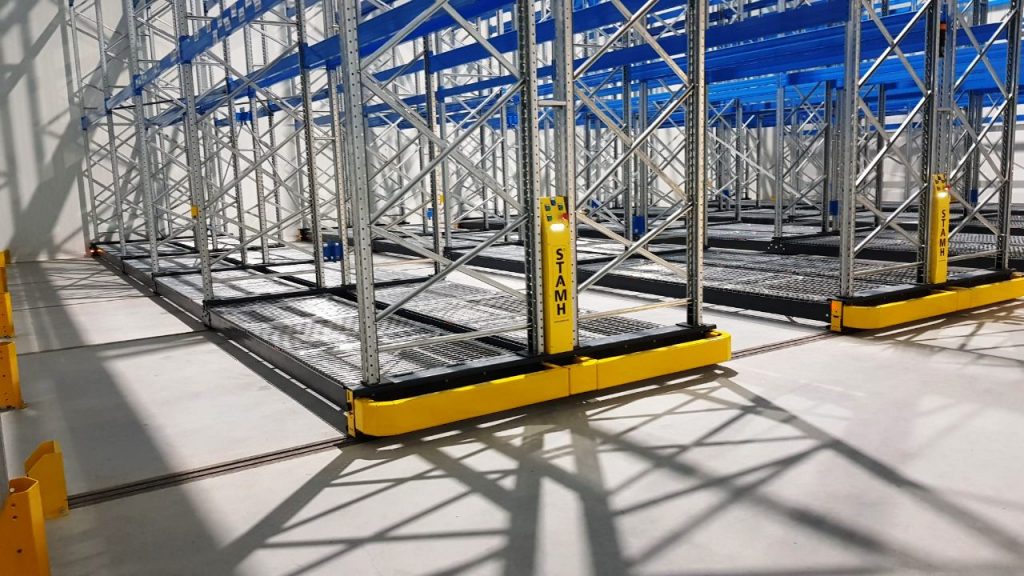Space and Speed at Scale
14th December 2020

Ecommerce in Europe is expected to be worth €717 billion at the end of 2020. Distribution warehouses and fulfilment centres need to be ready, says an emerging player in the space, writes Paul Hamblin.
In the race for bigger market share, e-commerce companies are opening more locations across Europe. At the same time, offline businesses are increasing their online presence. It follows that the fulfilment centres of today need to get ready to meet increasing demand, not only from online and offline shops but also from the person at the end of the line, the e-commerce consumer.
According to Hristo Urumov, owner of Sofia-based storage technology and material handling specialist STAMH, this is going to be tricky for some DCs unless their managers make changes,
because many are going to receive more orders per day than they can physically fulfil. “Already, a typical online customer is likely to fill their check-out cart with more than one item per online order and it’s a fair bet that they will expect their new purchases to arrive within two days, at most, of making that order,” he points out. “And guess what – they don’t care where the fulfilment centre is located.”
It’s not just the number of online shops that is growing either. The total of items in each product line to be stored and distributed is on the rise, too. Warehouses need to accommodate a growing list of inventory, in some cases without switching location. Businesses know all too well that customer satisfaction is essential to success in the online space, which means a well functioning fulfilment and logistics centre is a vital piece of the jigsaw. Limited picking, sorting and logistics capacity can prevent business expansion because fulfilment centres simply can’t meet the demand.
E-commerce businesses need to act in order to get ready for the upcoming growth.
“There are two ways to grow – to expand the range of products offered or to enter new markets,” says Hristo Urumov. “It’s better to do both.” To solve the puzzle, growing e-commerce business can opt for 3PL or scalable automation solutions to stay in control, he says.
“Outsourcing the problem means losing control over the quality of the fulfilment process,” he argues. “If you use a 3PL, it actually means handing over the satisfaction and retention of your hard-won customers. The ability to affect and control your service to your customers is outsourced to a new partner and you are relying completely on that partner.” STAMH’s owner predicted several years ago that the next step in warehouse development would lie in the refinement of picking automation as a way to meet growing demand and to boost a DC’s capacity to prepare new orders.
He recognises that full automation can be an expensive solution. “In this context, scalable automated modules may be the answer to the growing demand,” he points out. “The engineering solutions of modern warehouses offer space optimisation and picking automation at a speed step by step and hand in hand with the growth of your business.”
STAMH’s engineering team already knows that the modularity of these solutions offer businesses the possibility to make scalable investments, according their optimisation needs. “A lot of companies are opting for partial automaton. They proceed to a full solution only when they actually see the results,” he says. Successful automated e-commerce solutions need to offer space
optimisation, productivity and 100 % picking accuracy, he argues. “They are here to stay and can offer e-commerce business the possibility to break though the wall of growing demand.”

